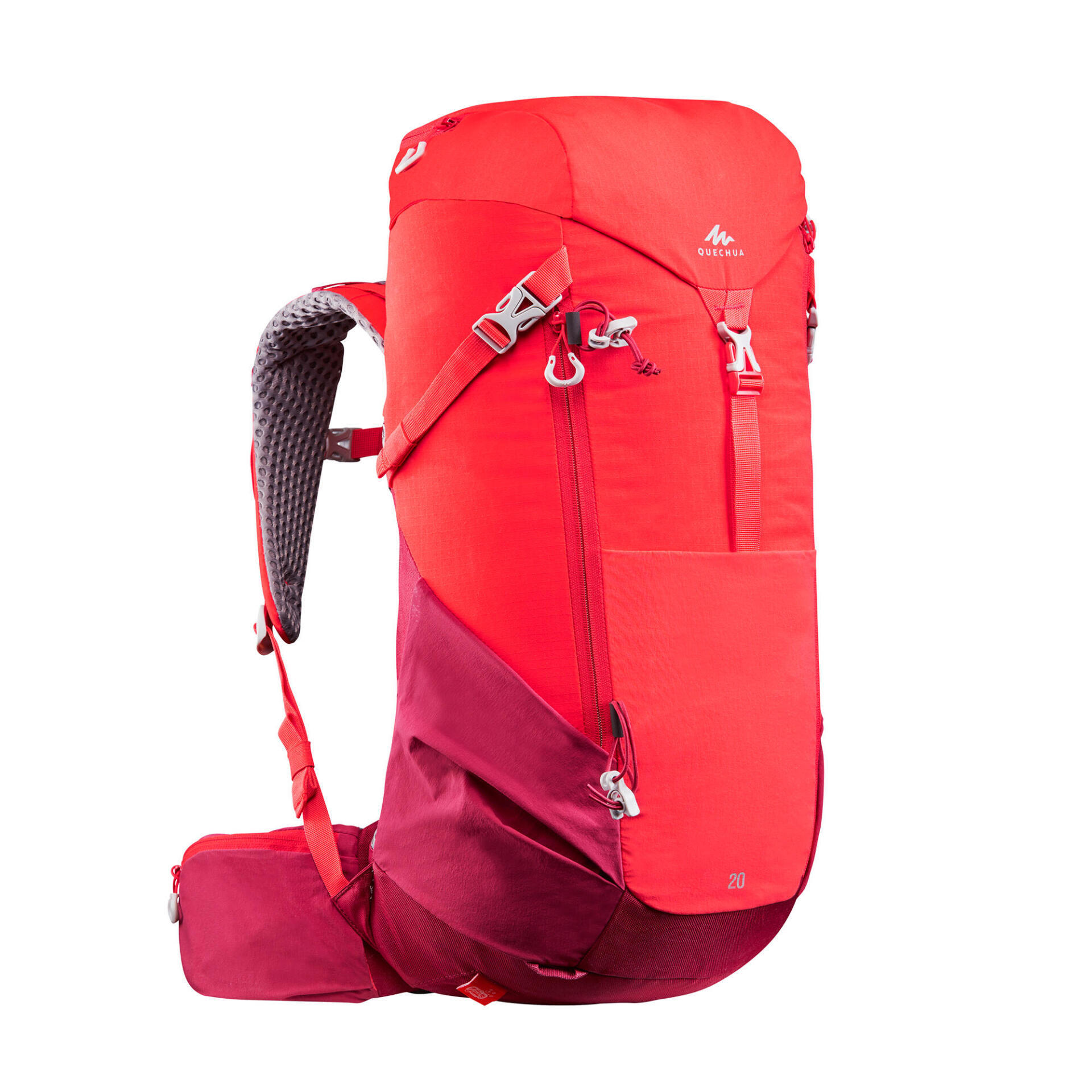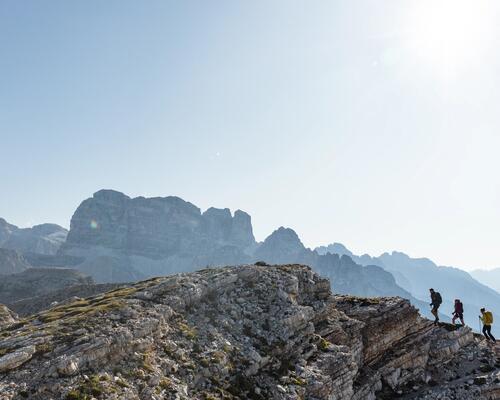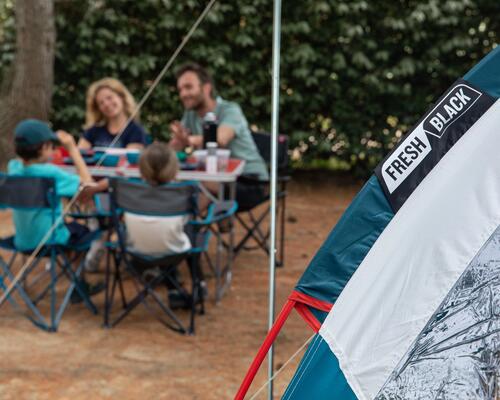Why learn to read a map?
A map shows the terrain only on a horizontal plane, seen from the sky, minimised and schematised . It takes a little training to establish the relationship between the map and terrain. You can’t read it too quickly. Whether it's to prepare for a hike or to get a sense of direction, your map will always be there to help you, and unlike GPS and mobile phones, it won’t fail. Think of bringing a compass so you never miss the north direction.















